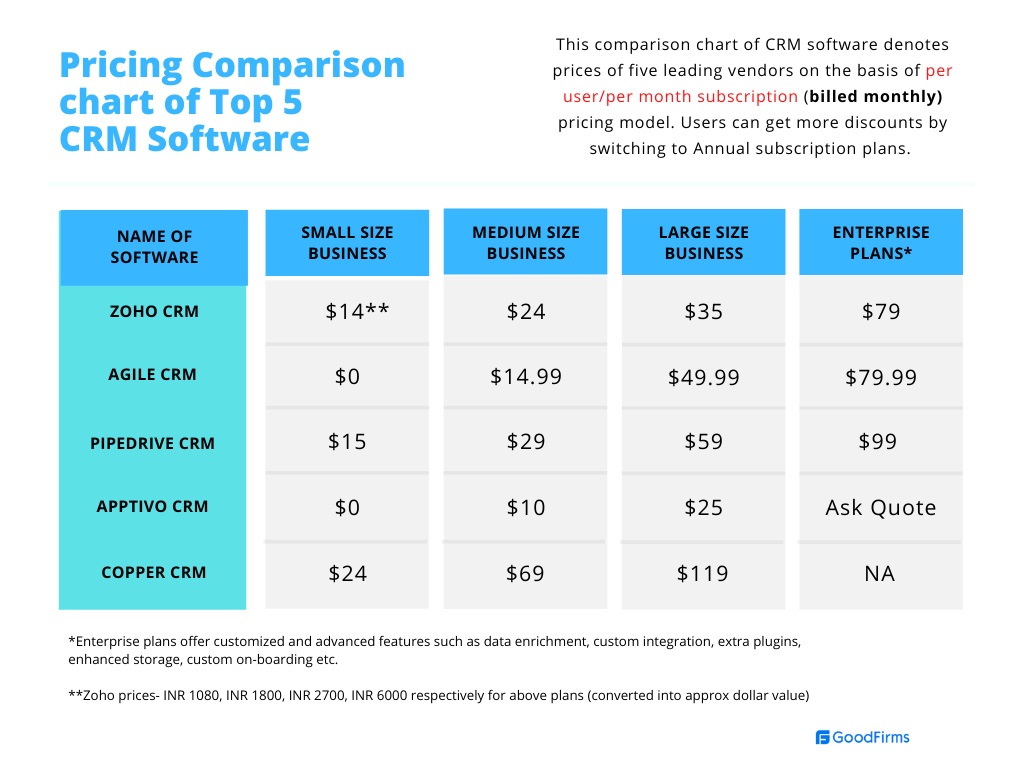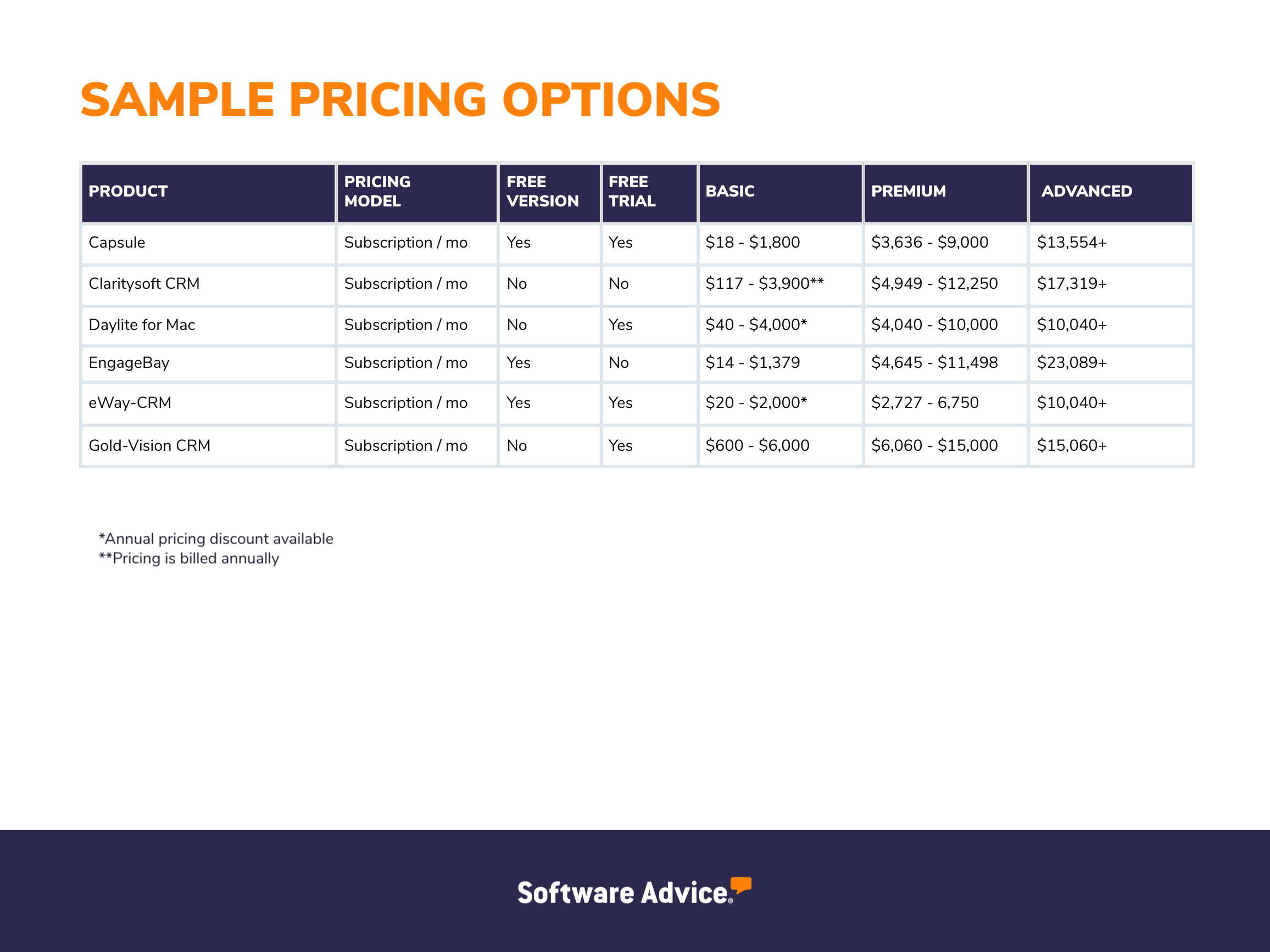Understanding CRM Pricing: Key Factors and Strategies
Delving into the realm of CRM pricing, this article aims to shed light on the various factors influencing costs and strategies for negotiating the best deals.
Exploring the impact of features, pricing tiers, hidden costs, and negotiation tactics, this comprehensive guide will equip you with valuable insights into the world of CRM pricing.
Factors influencing CRM pricing

When it comes to CRM pricing, several factors play a crucial role in determining the cost of the system. Let's delve into some key elements that influence CRM pricing.
Impact of Features and Customization Options
The range of features and customization options offered by a CRM system can significantly impact its pricing. Advanced features like AI integration, marketing automation, and analytics tools can drive up the cost of the CRM. Similarly, the ability to customize the CRM to suit specific business needs can also result in higher pricing due to the additional development work required.
Number of Users and Storage Capacity
The number of users accessing the CRM platform and the amount of storage capacity needed are essential considerations when determining pricing. CRM systems often charge per user, meaning the more users accessing the system, the higher the overall cost. Additionally, larger storage capacity requirements may lead to increased pricing tiers or additional charges for extra storage space.
Comparison of Pricing Models
There are various pricing models for CRM systems, including subscription-based, per-user, and tiered pricing. Subscription-based models involve paying a set monthly or annual fee for access to the CRM, while per-user pricing charges based on the number of users utilizing the system.
Tiered pricing structures offer different levels of features and support at varying price points, allowing businesses to choose the best fit for their needs and budget.
Understanding pricing tiers

In CRM systems, pricing tiers are structured to accommodate different business needs and budgets. Understanding the differences between basic, mid-level, and enterprise pricing tiers is crucial for selecting the right CRM solution for your organization.
Basic pricing tier
The basic pricing tier typically includes essential features such as contact management, lead tracking, and basic reporting functionalities. This tier is suitable for small businesses or startups looking to establish a foundational CRM system without extensive customization options.
Mid-level pricing tier
The mid-level pricing tier offers more advanced features like custom dashboards, workflow automation, and integrations with third-party applications. This tier is ideal for growing businesses that require more robust CRM capabilities to streamline their processes and improve customer interactions.
Enterprise pricing tier
The enterprise pricing tier caters to large organizations with complex CRM requirements. It includes features such as advanced analytics, AI-powered insights, and dedicated support services. This tier is designed for businesses with high data volumes and advanced customization needs.Scalability and add-on modules may vary across different pricing tiers, with higher tiers typically offering greater flexibility for expanding functionalities and accommodating growing business needs.
It is essential to assess your organization's current requirements and future growth plans to determine the most suitable pricing tier for your CRM system.
Hidden costs in CRM pricing
When considering CRM pricing, it's crucial to be aware of the hidden costs that may come into play beyond the initial subscription fees. These additional expenses can impact the overall cost of implementing and maintaining a CRM system.Common hidden costs in CRM pricing include implementation, training, and support services.
While the software itself may have a set price, the process of setting it up, training employees to use it effectively, and ongoing support can add up significantly. It's essential to factor in these costs when evaluating different CRM options.
Integration with other software solutions
When integrating a CRM system with other software solutions, such as marketing automation tools or accounting software, there may be additional costs involved. Some CRM providers charge extra for integration services or require the purchase of add-ons to connect with other platforms seamlessly.
It's important to consider these integration costs when budgeting for a CRM system.
Long-term costs and potential price increases
Another crucial aspect to consider when evaluating CRM pricing is the long-term costs and potential price increases. Some CRM providers may offer introductory pricing that increases after a certain period or as your user base grows. Additionally, as your business evolves and requires more advanced features or additional users, the cost of your CRM system may increase.
It's important to anticipate these potential price hikes and factor them into your decision-making process.
Negotiating CRM pricing

Negotiating CRM pricing with vendors can be a crucial step in getting the best deal for your business. By employing effective strategies and understanding the benefits of long-term contracts or volume-based discounts, you can secure a more cost-effective solution for your CRM needs.
Strategies for Negotiating CRM Pricing
- Do Your Research: Before entering into negotiations, make sure you have a clear understanding of your needs and budget. Research different CRM vendors and their pricing structures to have a baseline for comparison.
- Highlight Your Value: Emphasize the value that your business will bring to the vendor. Showcase your potential for growth and long-term partnership to leverage for better pricing.
- Ask for Customization: Request customization options that align with your specific requirements. This can help you negotiate for a tailored pricing package that fits your needs.
Benefits of Long-Term Contracts or Volume-Based Discounts
- Cost Savings: Long-term contracts or volume-based discounts often come with reduced pricing, leading to cost savings for your business over time.
- Stability: Locking in a long-term contract can provide stability in pricing, allowing you to budget more effectively and avoid sudden price hikes.
- Relationship Building: Long-term contracts foster a strong relationship with the vendor, which can lead to additional benefits such as priority support and exclusive features.
Leveraging Competition Among CRM Vendors
- Get Quotes from Multiple Vendors: Request quotes from different CRM vendors and use these as leverage in negotiations. Competition can drive vendors to offer better pricing to win your business.
- Highlight Competitive Offers: If you have received more favorable pricing from another vendor, share this information with your preferred vendor to see if they can match or beat the offer.
- Negotiate Add-Ons: In addition to pricing, negotiate for additional services or features to be included in your package. This can add value to the deal without necessarily impacting the pricing.
Closing Summary
In conclusion, navigating CRM pricing involves understanding the nuances of features, tiers, hidden costs, and negotiation tactics. By arming yourself with this knowledge, you can make informed decisions that align with your business needs and budget.
Key Questions Answered
What factors influence CRM pricing?
CRM pricing is influenced by factors such as features, customization options, number of users, and storage capacity.
What are common hidden costs in CRM pricing?
Common hidden costs in CRM pricing include implementation, training, support services, and integration with other software solutions.
How can one negotiate CRM pricing effectively?
Effective negotiation strategies for CRM pricing include leveraging competition among vendors, seeking volume-based discounts, and considering long-term contracts.